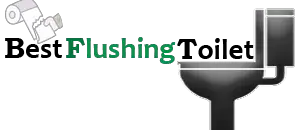Have you been in excruciating pain with an air vent that is being overflown by the toilet? The air vent is that thrifty element that keeps the air fresh and free from germs. If the air vent got clogged by any means, then my friend, it is going to sue you all in all. However, it can also damage the whole structure of your bathroom if the air vent is blocked entirely. But Worry not; I am bringing to you the most convenient and relevant ways to solve the overflown issue of the air vent.
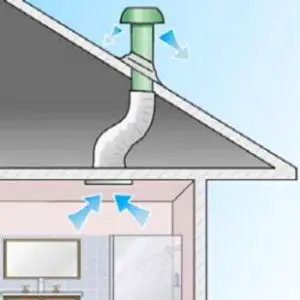 What is the toilet air vent?
What is the toilet air vent?
The air vent of the toilet is the most bathroom fitting that plays a pivotal role in maintaining the authentic and fresh ambiance in the washroom. It has unsurmountable benefits that break the shackle of lousy air. The toilet air vent is the particular duct that exhausts the toxic gasses produced from the sewer gas, and the most remarkable thing about the air vent is that it can release all the toxic fumes out of the bathroom.
What are the benefits of a bathroom air vent?
After installing it in your bathroom, you may feel the advantages of the air vent. Some precious changes that you might find are reducing the condensation. Everyone has to tolerate the bad odor a toilet produces, and an air vent significantly minimizes this acute smell.
The maximum use of the toilet creates dangerous molds and mildews. Proper ventilation through the air vent can help stop it from being in operation. And finally, to keep odors away from the toilet, this air vent may be proved to be more effective than any other method. The dumpy and mushy air and stale air can lead to unpleasant smells in your washroom. The introduction of an air vent can diminish the problem in some instances.
How does the toilet air vent operate?
The working mechanism of the air vent is as simple as you can ever imagine. The air vent is architectured to open when negative pressure occurs from plumbing fixtures discharging, allowing air into the system and preventing siphonage of the particular trap seal. It is designed to utilize gravity when there is no proper flow into the system, which impedes the entrance of the sewer gas in the bathroom. The vent pipe literally sucks all the bad fumes and emancipates those gasses at the exterior portion of the house. There is nothing to be surprised by; it also allows so much fresh air from nature throughout the pipe.
 Why does the toilet overflow into the air vent?-Possible reasons
Why does the toilet overflow into the air vent?-Possible reasons
There are some causes behind the acute clogging and overflow into the air vent. For the readers’ convenience, I will demonstrate some of the culprits behind this unnecessary condition.
- The drain line might not have been properly graded to oppose and impede water from entering the vent pipe. The prime reason for water in a vent pipe is that it might not have been properly sealed after it was settled in the toilet. This problem is so dangerous that it may eventually brother and damage the walls and floorings of the bathroom.
- The plumber who installed the bathroom items might not have properly done his job. So the leakage in the vent pipe and in the connection is the most common chore.
- An unparalleled condition of the p-trap in the drain line might cause the vent pipe to be devastated; The p-trap possibly makes sewer gas infringe on the vent pipe and gather a dense environment in the drain line.
- Any foreign object might have choked the entire vent pipe, not letting the harmful gasses be evacuated. A defective drain line might be the cause of the overflowing in the air vent.
- A defective gutter system might be the cause of overflowing. Heavy downpours outside the house can also disappoint the air vent as the water level gradually grows higher than ever and trespasses into the air vent.
- The Y or T junction in the drain line might not have the same vent pipe, so it can not thwart the sewer gas from infiltrating the pipe.
How to fix the toilet if it overflows into the air vent?
Look, we all know that fixing the overflowing problem of the vent pipe is a cumbersome job, but there is no other effective way to solve this vexing issue. So whatever the solutions are, I will elaborate on these for you,
- There should be no leakage in the air vent or the entire venting system. If this leakage can be controlled, the acute overflowing problem can be solved easily.
- The in-built quality of the vent pipe must be of superior class. Some cheap vent pipes in the market are not that sustainable and can be destroyed within a few months. So always try to purchase great quality material.
- A leakage in the flushing system also can affect the vent pipe badly. Strong flushing can trespass into the vent pipe and can create inconvenience in the entire system of the venting pipe.
What happens if the water goes down the heating vent?
Let me clarify the overall concept of the venting system of a toilet. Most people believe that there is only one type of vent, the air vent, but now there is another type of venting system: the heating vent. If you think water leaks inside the venting pipe, turn off the heating or cooling system. After that, remove the vent’s external cover to ensure there is no water there. The heating vent is capable of releasing the extra or additional temperature from the washroom, which makes the ambiance more suffocated. So let’s not block the heating vent with the trespassers like dust, debris, or water clogging.
The complete installation process of the air vent:
The installation process of the vent pipe is as straightforward as you get. Here I am elaborating on the complete process of the air vent in a detailed manner,
Installing the intake and exhaust positions
The exhaust fans, the visible ducted system, or the exhaust grill should be raised as high as possible and be absolutely the contrast of the air intake into the room, typically at the lower portion of the vent. Proper perseverance is recommended for positioning air intake and exhaust points to ensure adequate cross-ventilation is available in the process. If possible, the air entry should be on the opposite surface to the air exit to impede short-circuiting.
Installation of the Washer Box
The washer box is exceptionally significant for the overall composition of the venting pipe. The special kind of valves, named the Studor valves, must be put together in a dual drain washer box. The specially designed adaptor assures a leak-proof connection. The open-air structure of the washer box makes it possible to reconduct the settled management of the system. 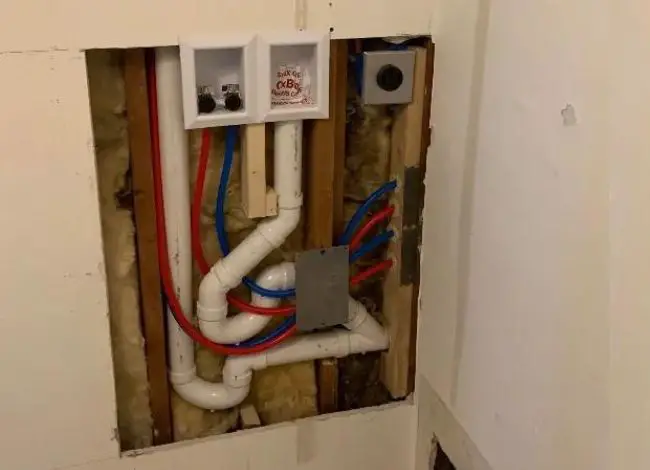
Installing the vent terminals
An open-air vent terminal from a drainage system must not be directly attached to any door, window, or other air intake entrance. Vent terminals that are prolonged through the wall must terminate a minimum of 10 feet from the existing lot line and 10 feet above minimum ground level. Vent terminals will not excruciate under the particular overhang structure with soft fit vents. The existing side wall vent terminals must be protected to impede rodents from entering or blocking the vent entrance.
Installing the vent connections
Almost all the venting branch and vent pipes needed to be evenly graded and linked to the drain, back to the drainage pipe, with the help of persistent gravity. A strong connection between a vent pipe and a vent stack must be made at least 6 inches above the ground floor level, and the rim must be in a position where the vent connections can be put into a strong tie. The horizontal vent pipes that form branch vents, relief vents, or loop vents needed to be at least 6 inches also above the flood level rim of the acme fixture served. One minor exception is that vents for interceptors are located outdoors, which may create discrepancies in the entire venting system.
Installing the combination drain and vent system
The one and only vertical pipe of the combination drain and vent system is the close relationship between the fixture drain and the horizontal combination drain and the vent pipe. The existing combination drain and venting system must be provided with a dry and fresh vent attached to any point within the system. The respective system is connected to a horizontal drain that is vented in line with one of the venting strategies. Combination drain and vent systems connecting to building drains or waste stacks shall be provided with a dry vent. Then, at last, install the master trap venting and auxiliary vent. This will complete the installation of the entire vent system. 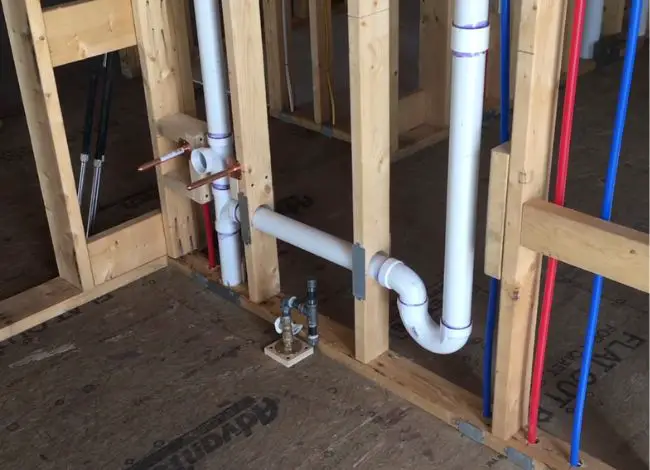
What are the different types of toilet air vents?
There are generally two types of plumbing vents. One is the vent stack. A vent stack consists of an air admittance pipe that sticks out of the roof of a building. These vents allow air from outside the home to flow down the pipe as waste is discharged. One vent stack can accommodate multiple fixtures, including toilets. The other type of vent is an inline vent. These small mechanical vents allow air to enter the pipe but not to escape from them. These vents are solely installed with the discharge pipe and do not have to have access to the outside air. Let us discuss some of the astounding types of toilet air vents,
Wall-Mounted air vent
There are so many versions of the toilet air vent, but the most traditional type of air vent is the plastic Wall-Mounted air vent, as it maximizes the overall procedures of removing excruciating odor from the bathroom. And if I tell you that the most popular kind of air vent worldwide is the Wall-Mounted air vent, then it won’t be a lie. It is usually situated behind the toilet attached to the wall, and the main responsibility of this kind of air vent is that the working process is very much simple. It attracts all the bad odors to its body, and the rest of the work is done just automatically. Another feature of the air vent is that fresh air enters the bathroom, removing the acute suffocation caused by the acute odor in the washroom air. 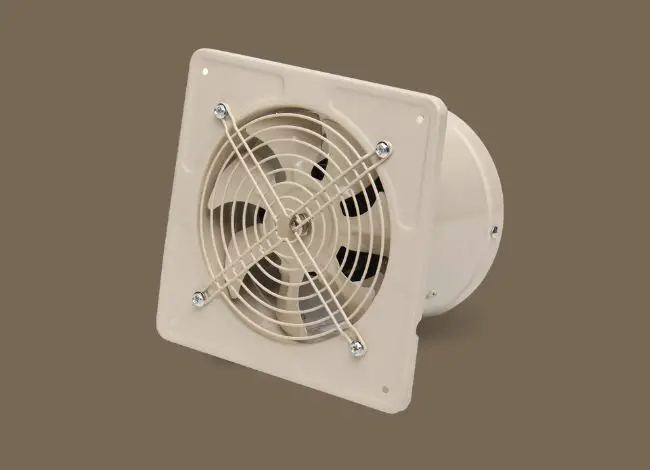
Ceiling-Mounted air vent
If you are not happy with the previous type of air vent, do not worry, I have tons of other splendid kinds of air vents for you. The next air vent is going to blow your mind for its tremendous features. Yes, I am talking about the Ceiling-Mounted air vent. Here the vent pipe is located upstairs, which means that the pipe is not designed to be in the backside of the toilet ins stead; it is decorated at the top of the bathroom settings. This kind of air vent is more effective as the bad odor is unleashed and gets removed more easily as of the air vent settings.
Exterior air vent:
Most surprisingly, in some cases, the air vent is designed outside the bathroom; in our opinion, it can be proved handy as all the mechanisms are implemented outside of the air vent. The central system is solely similar to the wall-mounted air vent. The main difference is in their location: one is inside the bathroom, and the other operates outside the bathroom. Another promising fact is that the air vent noise is very much mitigated in this system. So if you don’t want acute noise in your bathroom, you can go for this method.
Inline air vent:
These air vents are mounted between the ducting, allowing the bad air to be expelled through the ducts randomly. This is kind of an electrical component of the air vent that removes the bad odor as quickly as possible.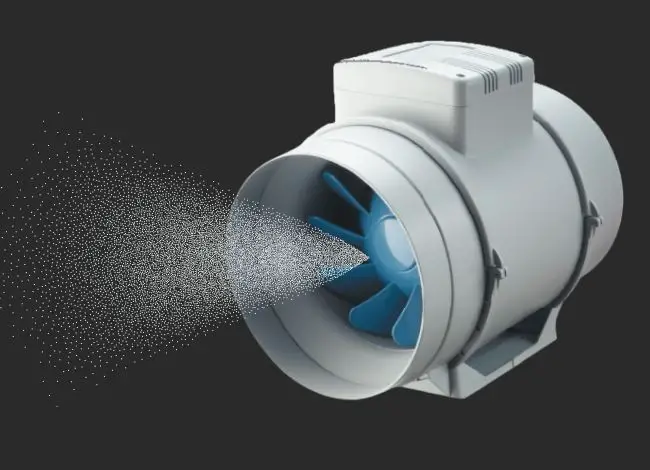
Final words
We have discussed quite briefly the ins and outs of the air vents. After a brief discussion, it is quite obvious that a small clog or inconvenience in the air vent can cause extreme disturbances to the user. You may encounter a set of annoying and disastrous issues if the air vent is overflowed with water. It is not only abusing the harmony and ambiance of the toilet, but it is also pretty costly to compensate for a damaged air vent. If you properly follow this extensive guide, all of your problems will be solved within a few minutes.
We are really lucky to have a hard-working, multi-skilled plumber on our team. Collin D. Gallegos, a professional plumber who has worked with us since 2012, is an expert in vent, septic, and drainage systems. He is a Certified Master Plumber and has worked on various commercial plumbing projects. He usually helps our readers resolve plumbing and pipe-related issues with a proper DIY troubleshooting and repair guide.
